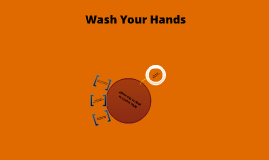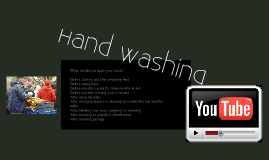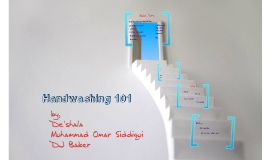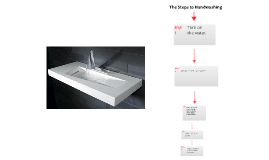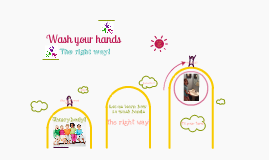Hand Washing
Transcript: Infection Factors Staff Role modeling A little history By Victoria Peay Conducted study Good Hope for the future Education What are Nosocomial Infections? Infections Attitudes Nosocomial Brown, L. P. (2011). From the other side of the curtain: the nurse as patient. ABNF Journal, 22(1), 13-14. Duffin, C. (2004). Educate nurses to use gel, say handwashing experts. Nursing Standard, 18(52), 4. Joint Commission Online.(2011) Retrieved from www.jointcommission.com Mathai, E., Allegranzi, B., Seto, W., Chraïti, M., Sax, H., Larson, E., & Pittet, D. (2010). Educating healthcare workers to optimal hand hygiene practices: addressing the need. Infection, 38(5), 349-356. doi:10.1007/s15010-010-0047-7 McNeal, G. J. (2012). The Nurse Faculty Shortage. ABNF Journal, 23(2), 23. Pirie, S. (2010). Hand washing and surgical hand antisepsis. Journal Of Perioperative Practice, 20(5), 169-172. Potter, P., Perry, A., Stockert, P., & Hall, A. (2009).Fundamentals of nursing. (8th ed.). St.Louis: Elsevier Mosby. Preheim, G. J., Armstrong, G. E., & Barton, A. J. (2009). The new fundamentals in nursing: Introducing beginning quality and safety education for nurses' competencies. Journal Of Nursing Education, 48(12), 694-697. Samuel, R. (2007). Promotion of handwashing as a measure of quality of care and prevention of hospital-acquired infections in Eritrea: the Keren study. African Health Sciences, 5(1). Smith, S. (2009). A review of hand-washing techniques in primary care and community settings. Journal Of Clinical Nursing, 18(6), 786-790. doi:10.1111/j.1365-2702.2008.02546.x Snow, T. (2004). Too few to care. Nursing Standard, 18(52), 12-13. Bad Works Cited






